Nanami - FO4 - Sanctuary Part II
(AKA Sanctuary II: Sharkectric Boobaloo)
...aaand of course I wouldn't be satisified with the previous photoshoot if I didn't post more saucy pics as well. To... uh... showcase that the race does have all the appropiate bits available and working in FO4 as well. Or something.
Eh, just look at the damn shark tits already.
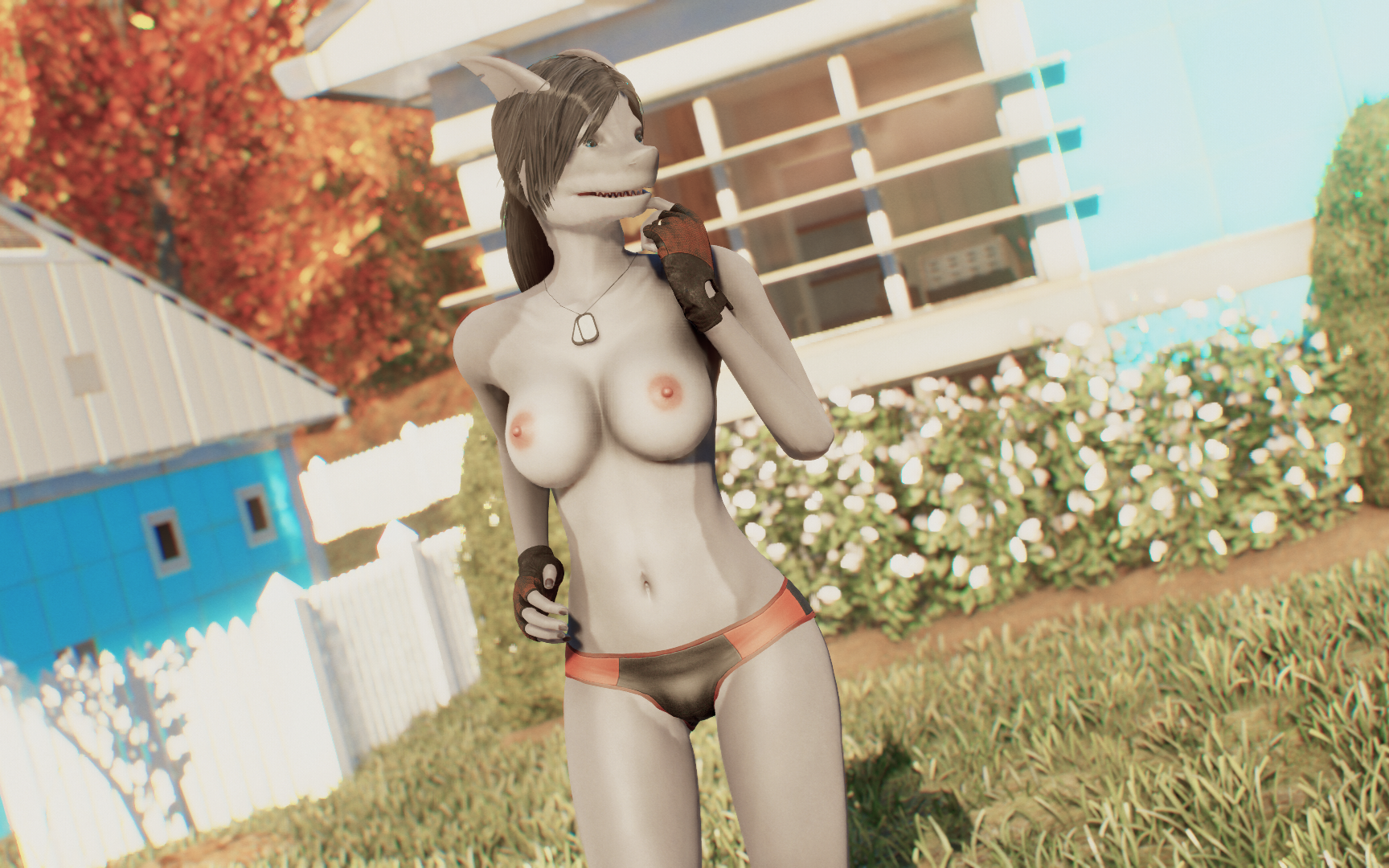
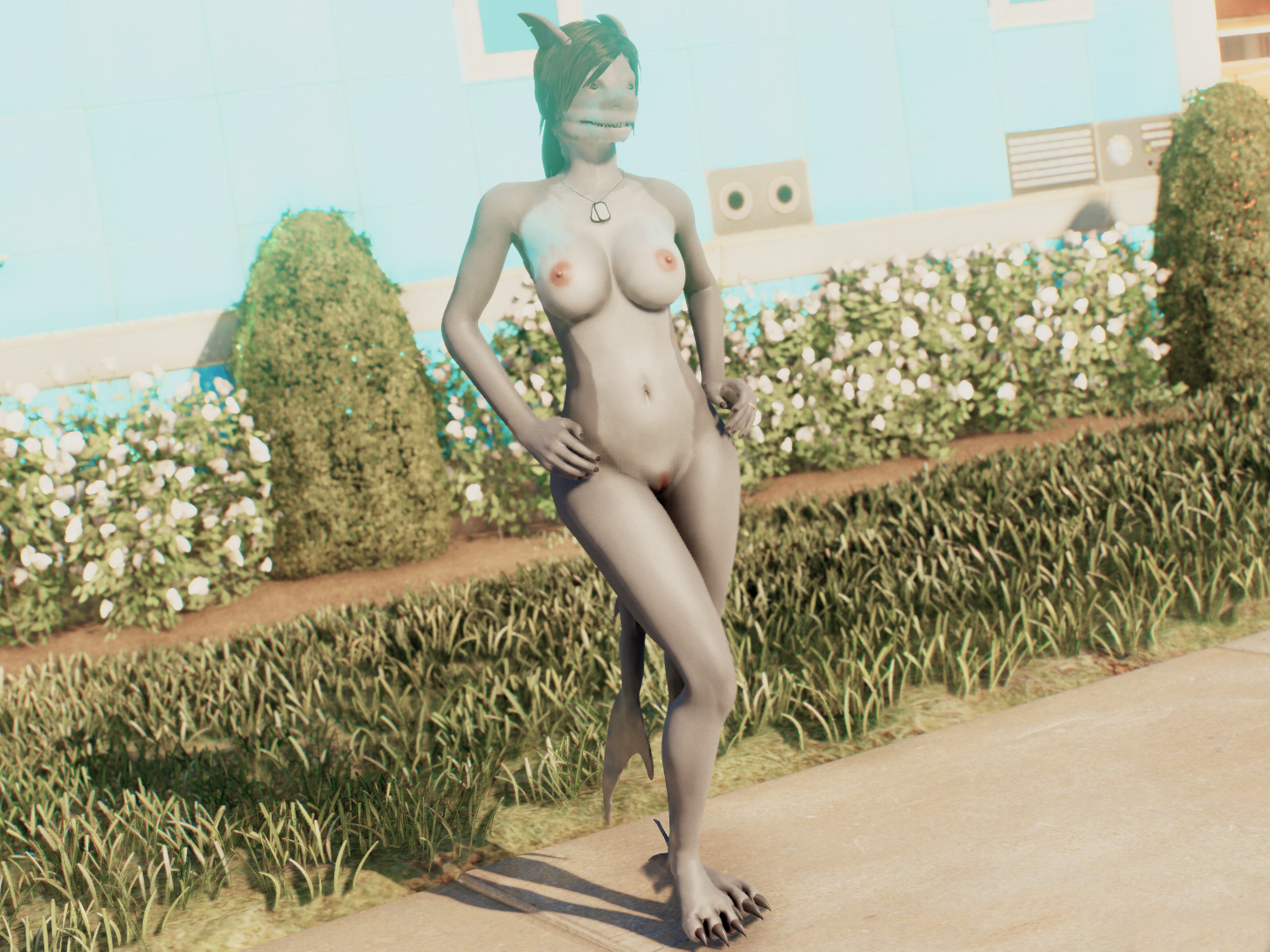
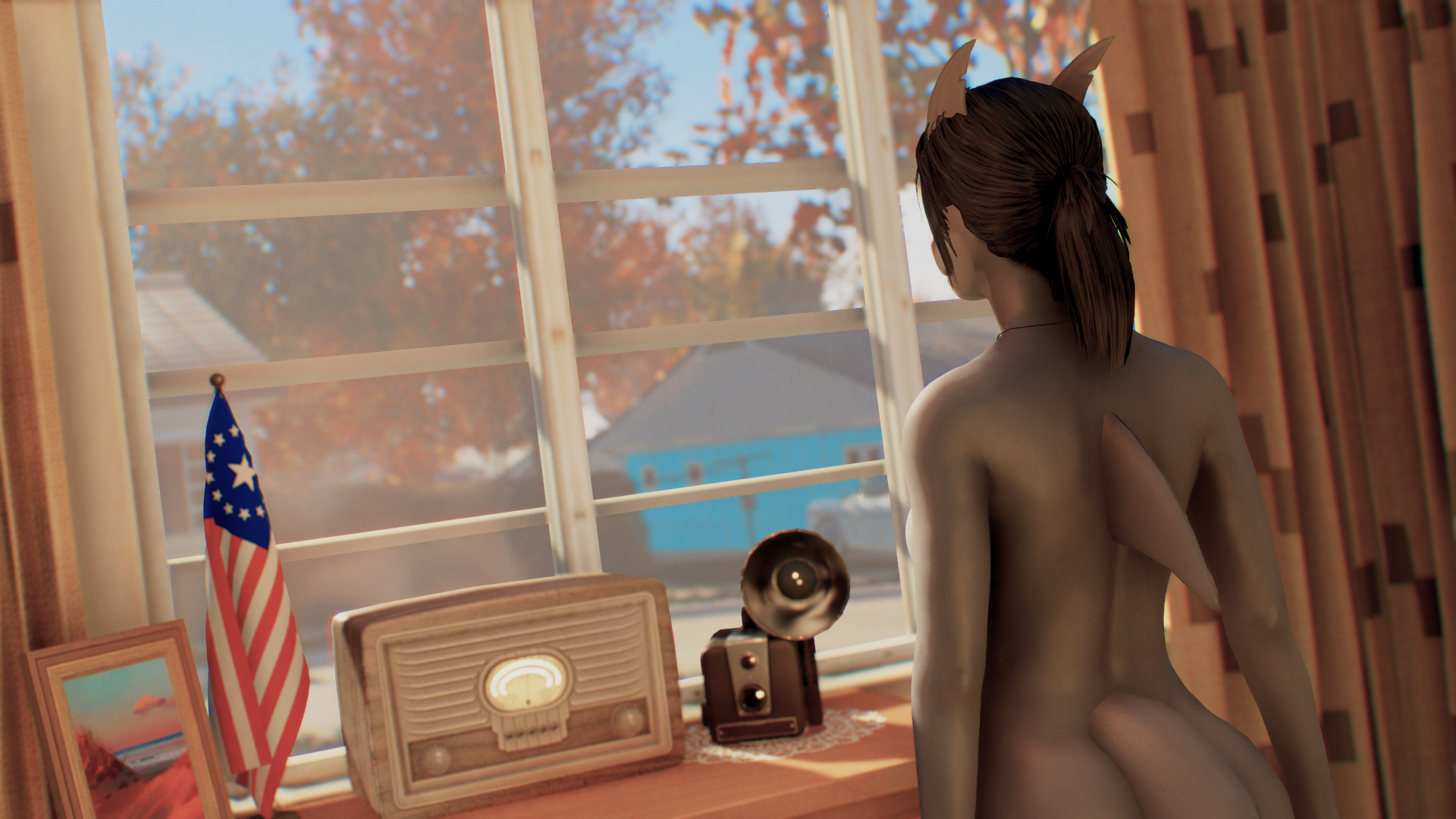
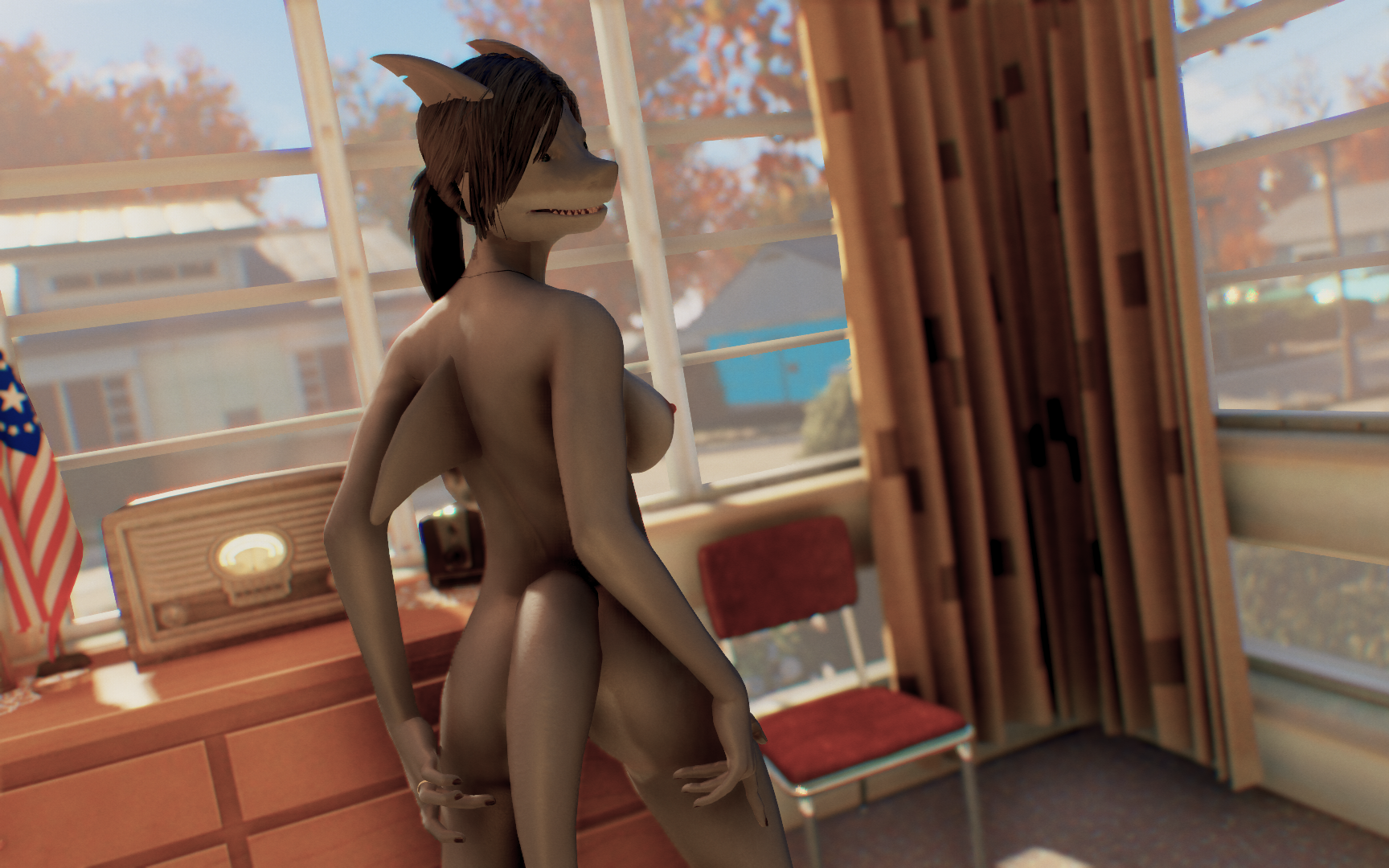
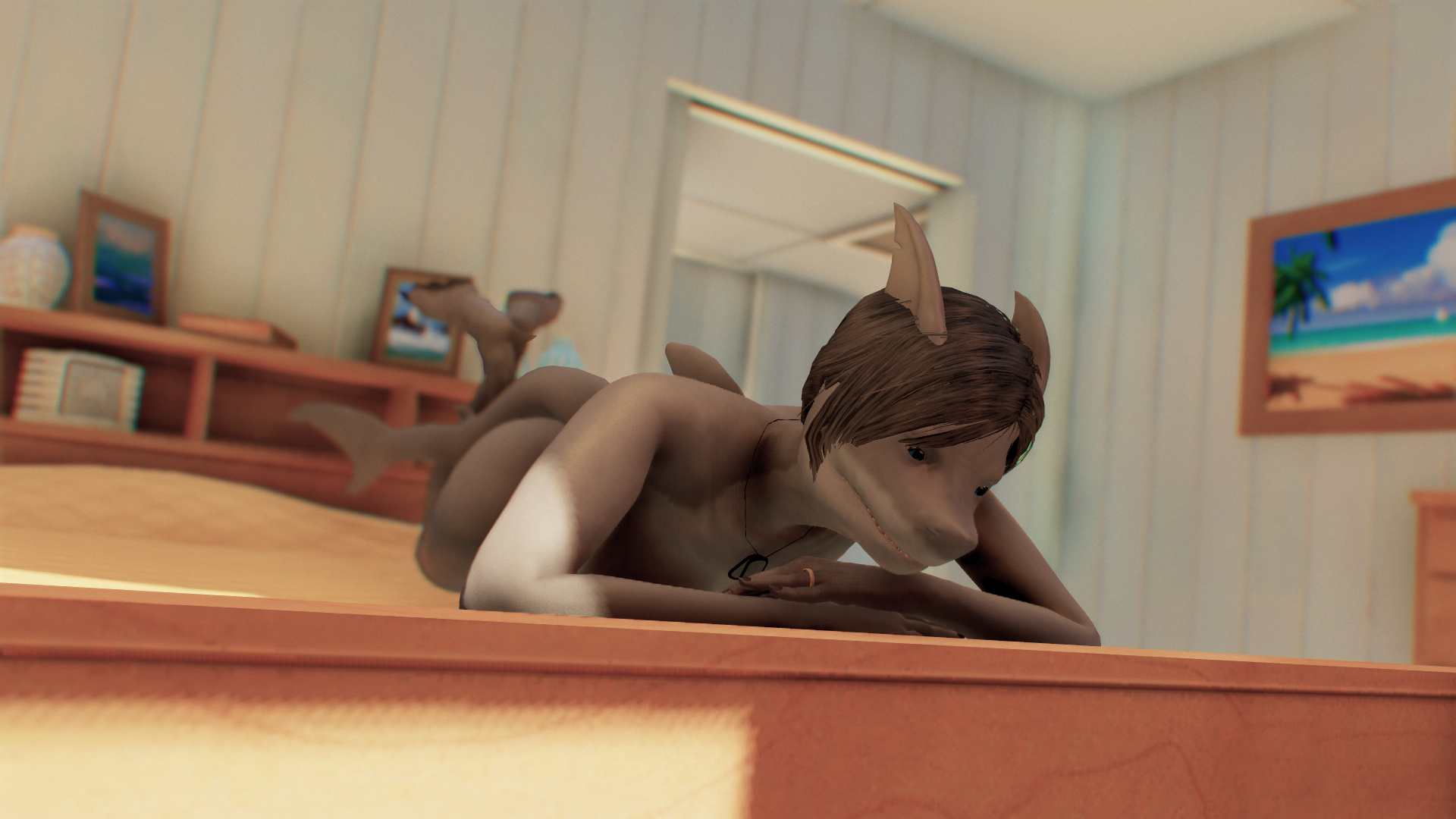
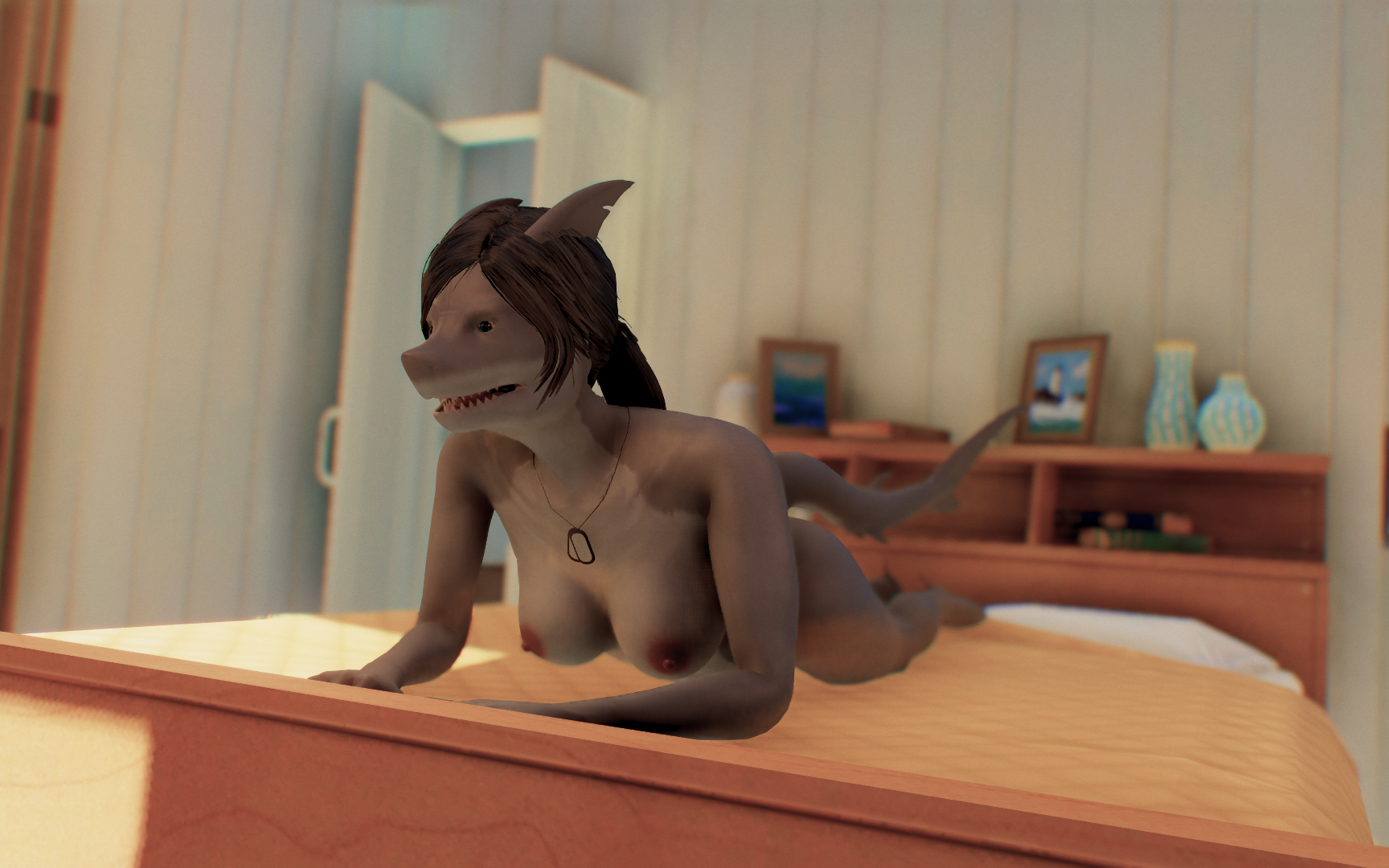
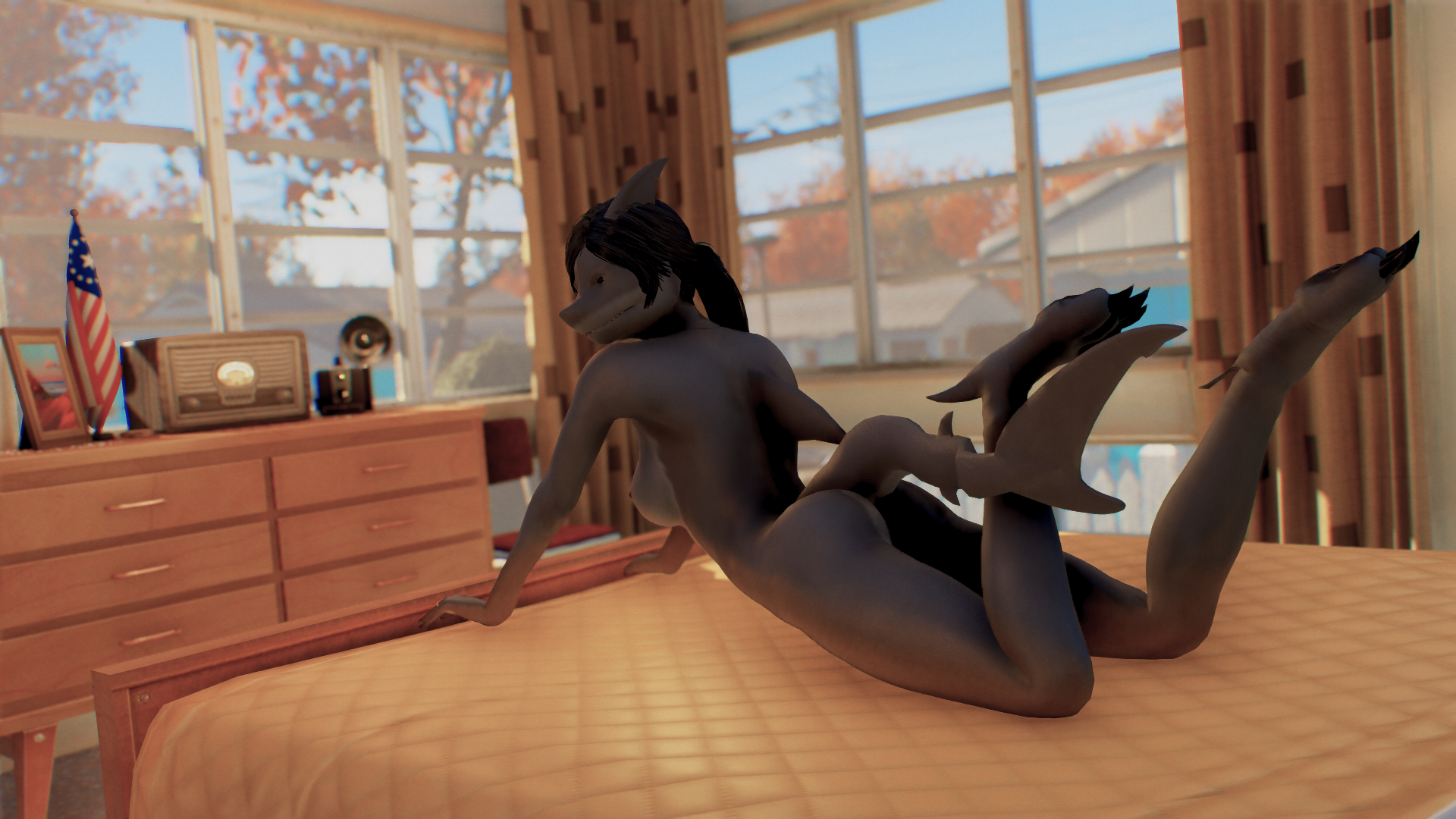
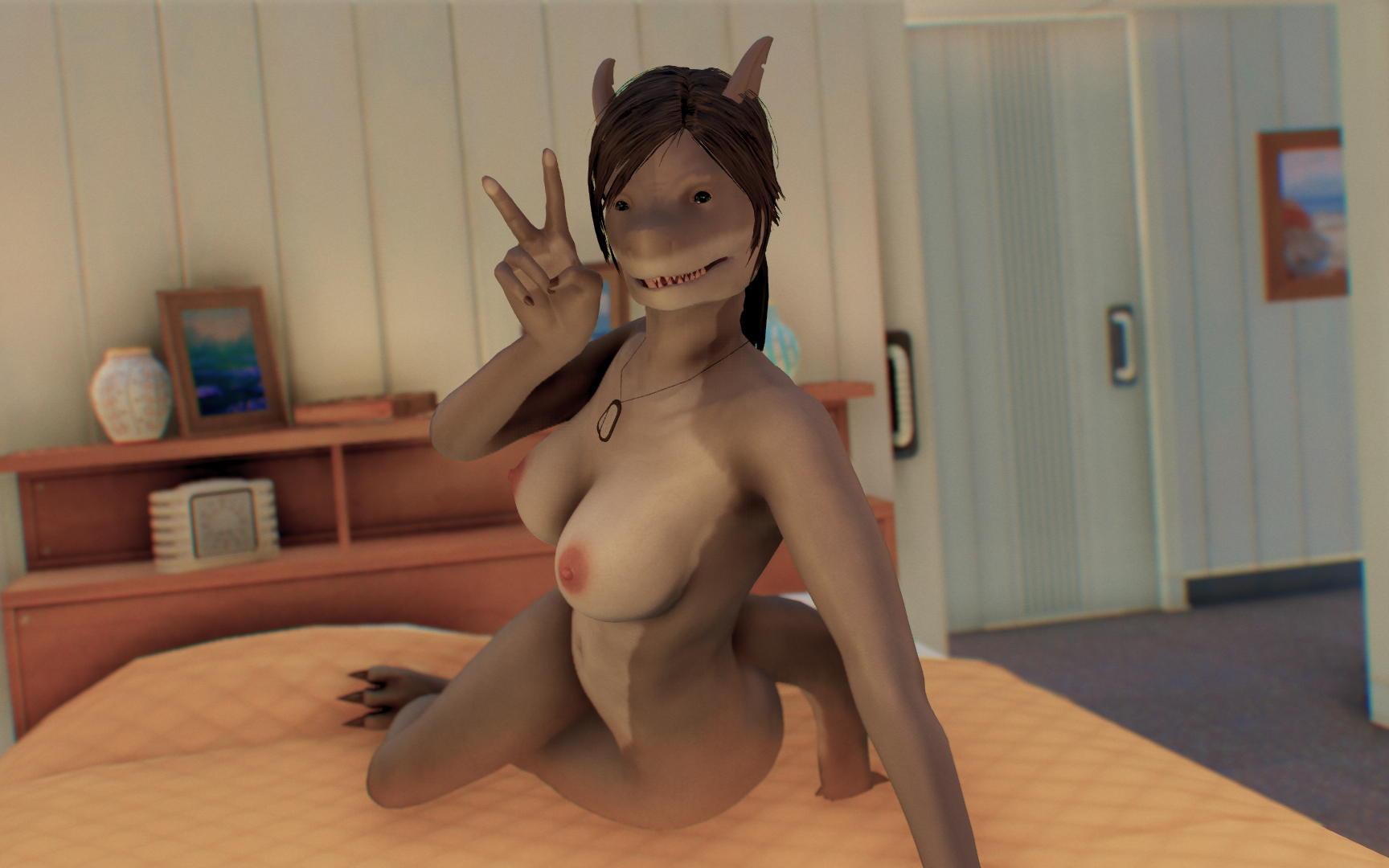
4

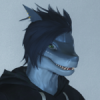
12 Comments
Recommended Comments